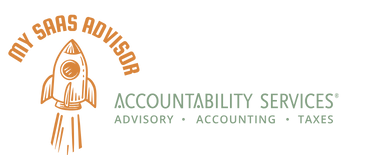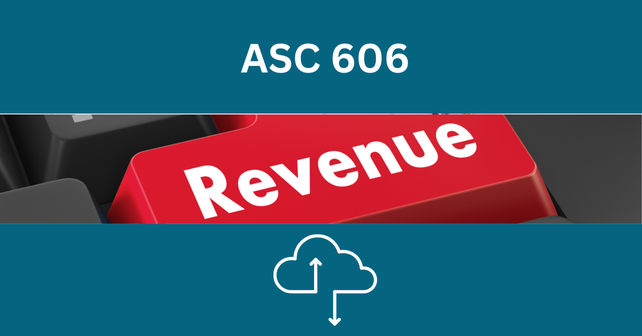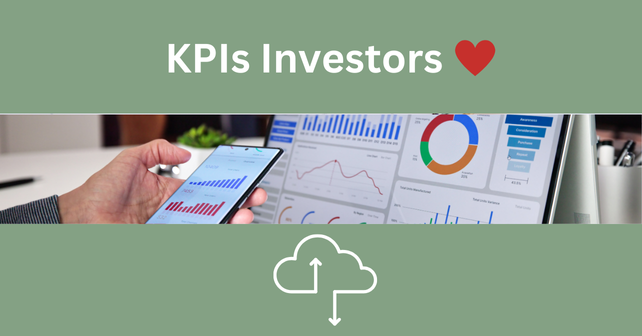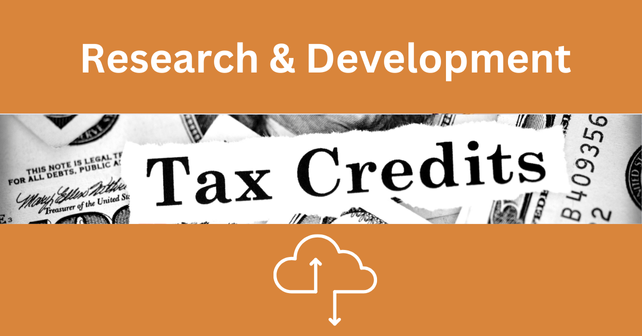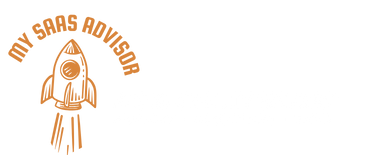R&D tax credits are among the most beneficial tax incentives available to businesses investing in innovation. As a SaaS company, you should be a prime candidate to leverage these credits to reduce federal and state tax liabilities and spur growth.
While the rules and qualifications are complex, the My SaaS Advisor team is here to guide you through the process.
To give you an overview, here is a breakdown of the key rules for claiming the R&D tax credit for SaaS companies.
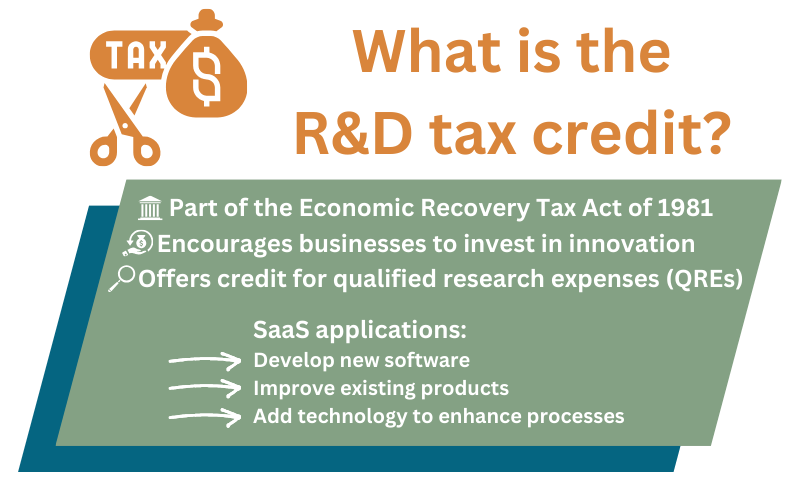
Qualification criteria
To qualify for the R&D tax credit, your SaaS company’s activities must meet the following four-part test:
- Qualified purpose: Research must aim to develop or improve a product, process, or software. For SaaS companies, this typically includes creating new software platforms, optimizing existing software, or improving operational technologies.
- Elimination of uncertainty: Work must aim to resolve any technical challenges or unknowns about how to develop or improve the product. Examples in the SaaS scenario could be determining the best way to scale a cloud infrastructure or improving the security of a SaaS platform.
- Process of experimentation: Company must use experimentation processes to try and solve a problem. Activities such as trial and error, simulations, or prototyping.
- Technological in nature: Research must rely on the principles of engineering, computer science, or other hard sciences.
Common SaaS qualified research expenses (QREs) covered under the credit
- Wages and salaries for software engineers, developers, data scientists, and other technical staff
- Supplies and materials used in the research process, including software licenses and development tools
- Contract research expenses paid to third-party vendors who conduct research on behalf of the company
- Cloud computing costs
- Any costs incurred in the development of a prototype or a beta, including testing and iteration
NOTE: The IRS requires thorough documentation to substantiate your claim of QREs. This includes maintaining records of the projects undertaken, associated expenses, and the methods used to solve technological challenges.
R&D tax credit can be a game-changer for SaaS companies
By directly reducing your tax liability, taking advantage of all available R&D credits immediately frees up cash flow for operational needs or further innovation. And if your SaaS company is still in the pre-revenue stage, you may be able to apply the R&D credit against payroll taxes.
Be sure to consult a tax professional to ensure you’re maximizing your claim while staying compliant with IRS rules.
